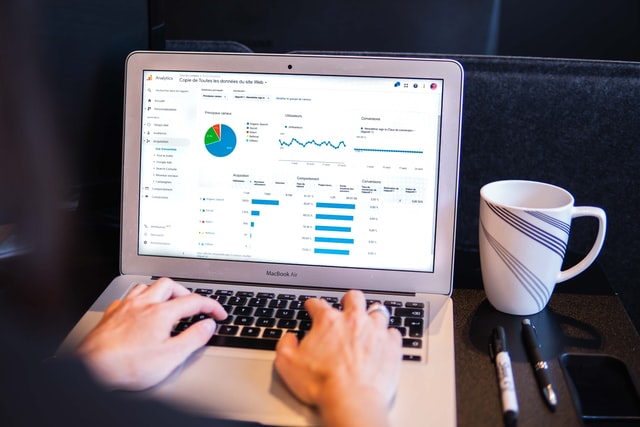
There was a time when brick-and-mortar stores were the only face of retail. The system worked well too and everyone seemed happy. That is until technology came along and, well, changed everything. Of course, the retail sector, as well as its customers, have benefitted immensely from such technologies. Case in point: Predictive analytics; as the industry evolves and adapts to a changing market and evolving customer demands, predictive analytics is helping retailers not only keep up but stay ahead of the curve. Predictive Analysis proves to be a detrimental strategy whereby retailers can utilize data from the past to anticipate likely deals. Retailers can acknowledge the trends in shopping practices. This would help the retailers to become top-notch players by getting an upper hand in the market shares.
Retail analytics is about the utilization of data to identify the factors that are impacting business outcomes. It enables retailers to evaluate strategies and understand why certain strategies are working or not. This can help uncover how customers are behaving to track them across the store and understand where they want to buy from.
Here are some of the many use cases of predictive analytics in retail to demonstrate the value it brings to the table.
- Supply chain analytics: A critical way to gain an edge in the retail sector is via the supply chain its proper management, to be precise. In this context, predictive analytics can assist retailers via the provision of insights that enable them to streamline operations and product life cycles. Such tools also offer retailers a birds eye view of factors such as provisioning products or raw materials, product distribution, product life, etc. and analyses them about relevant factors such as weather, time spent in transit, and warehouse storage conditions among other things to help retailers ace their supply chain strategies and maximize their sales, profits, etc.
- Improved customer segmentation: To properly tend to customers requirements, it is imperative for retailers to first identify and understand their customers. To that end, predictive analytics tools analyze customers purchases, in-store behavior, and other such data points to facilitate their segmentation into relevant customer groups. This, in turn, can be used to fine-tune marketing campaigns, business strategies, etc. to achieve the best possible results.
- Better inventory management: Robust inventory management is the key to success for any retail endeavor. However, ensuring efficacy in this context is easier said than done, owing to the large number of factors involved. Thankfully, this is not a problem when you have predictive analytics by your side; the solution helps retailers analyze the demand for products, identify which ones sell out fast and which ones lead to increased dead stock. It also helps analyze such factors in real-time, allowing retailers to prevent out-of-stock situations at the affected location. Such abilities, then, ensure timely and proper fulfillment of customers needs, ward off loss of sales, optimize the supply chain, etc.
There is absolutely no doubt that the retail sector has evolved considerably over the past decade, thanks to ever-changing technologies as well as customers expectations and demands. Of course, this has rendered the sector a tad challenging, but nothing that cannot be easily and effectively dealt with from technology. One of the key tools the market has to offer to the retail sector is predictive analytics.
As businesses continue to gather humongous amounts of data every single day, predictive analytics has empowered retailers to gain advanced insights and foretell trends, sales, changes in customer behavior and so much more. So, if you too want to put this nifty tool to work for you, your next step ought to be the search for a trusted vendor for software development for retail. Their expertise will help you navigate the development process and ensure you have a quality solution by the end.
